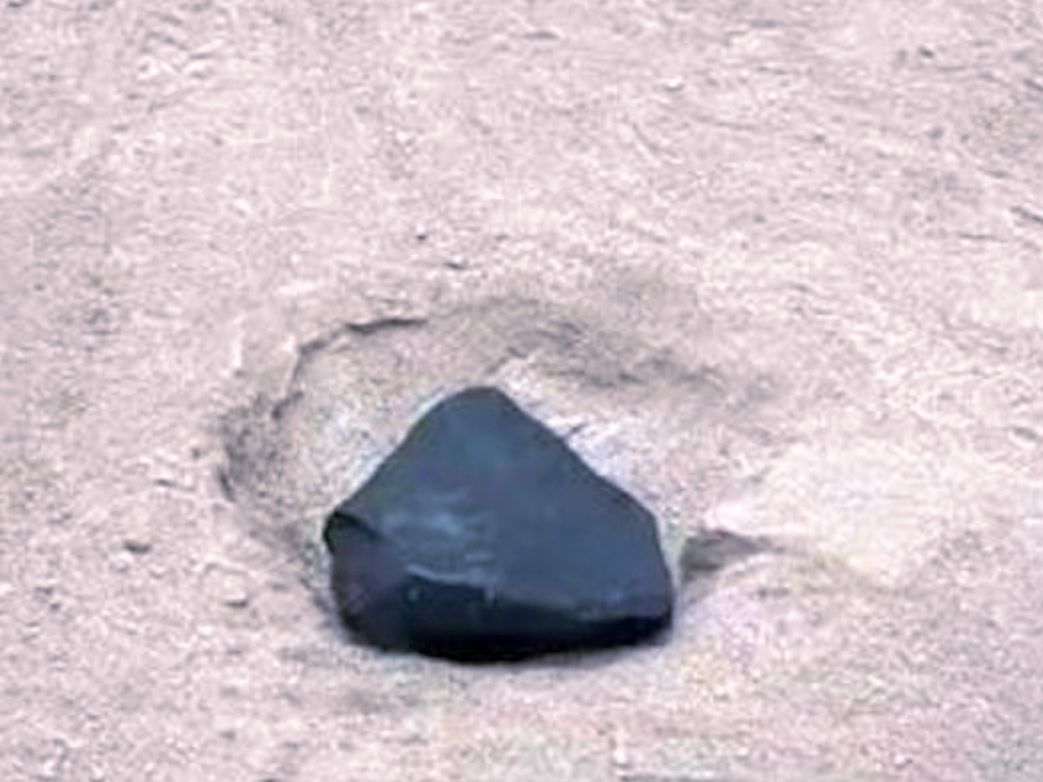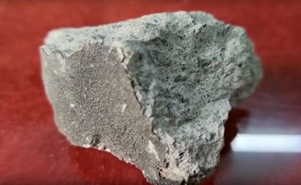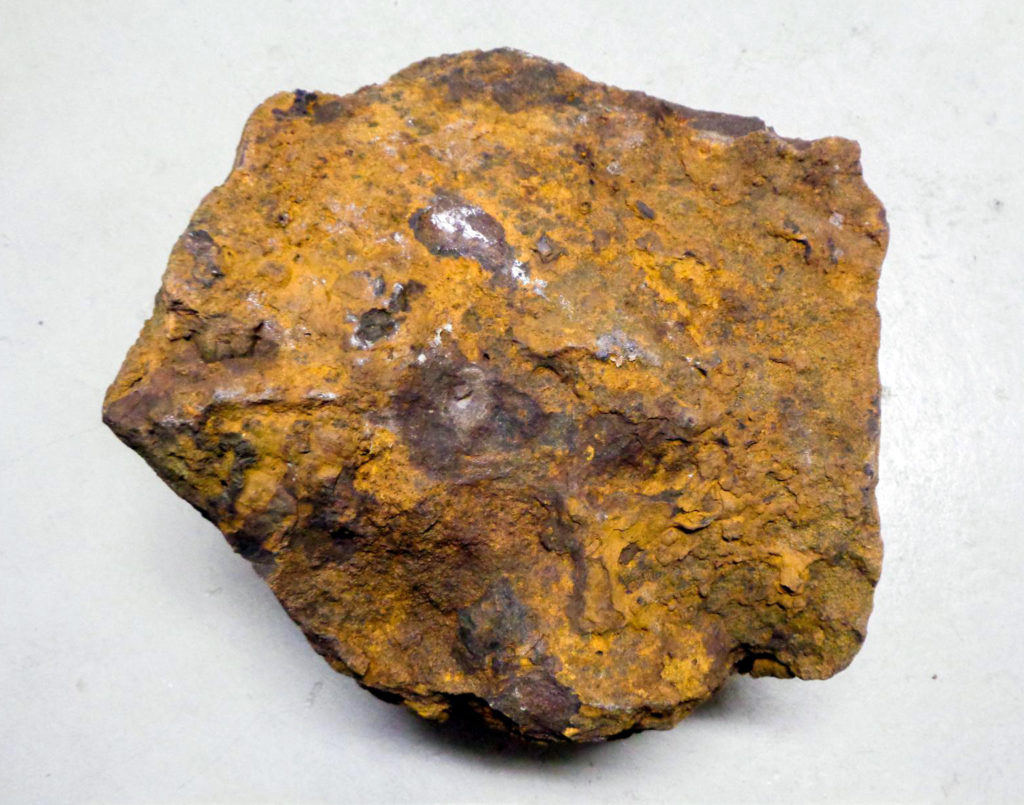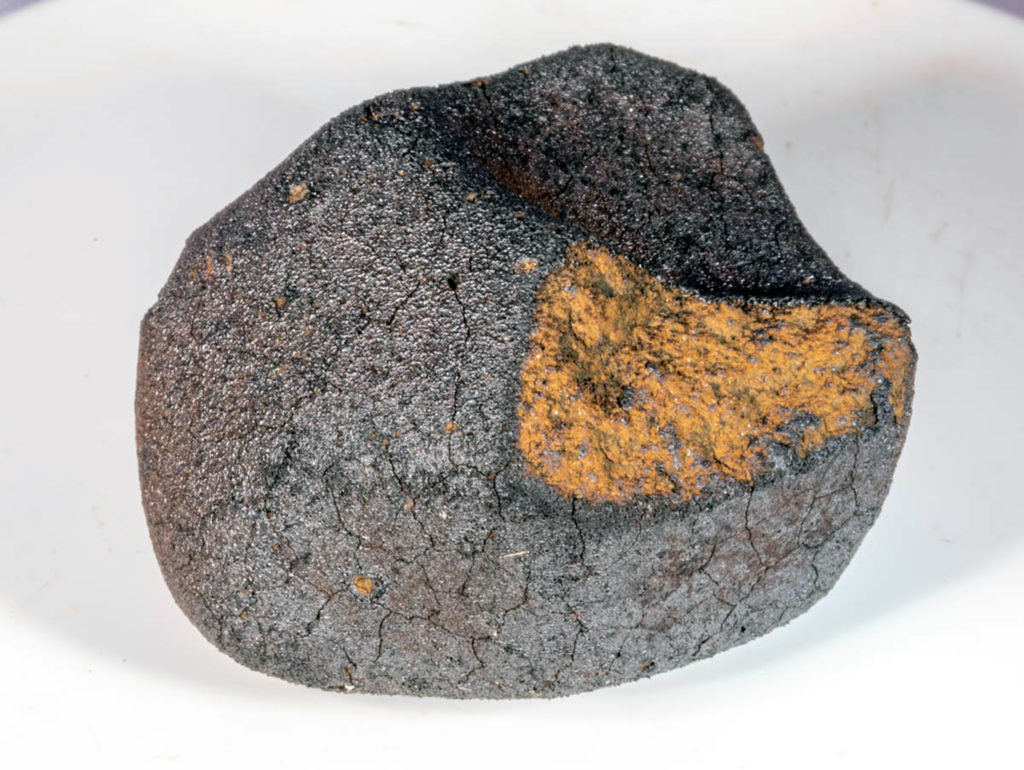Experimental investigations of mineral-organic chondritic analogs under hydrothermal conditions: implications for carbonaceous asteroids
Coline Serra, Olivier Grauby, Daniel Ferry, Fabrice Duvernay, Grégoire Danger, Johanna Marin-Carbonne, Vassilissa Vinogradoff
Geochimica et Cosmochimica Acta
In Press, Journal Pre-proof, Available online 22 April 2025
“The occurrence of hydroxylated minerals in carbonaceous chondrites provides valuable insights of water –rocks interactions in hydrous asteroids. Yet, the evolution of water-organic-rock type experiments, applied to carbonaceous chondrites, remains understudied. Here, we present experimental studies of chondritic analogs containing a mixture of minerals and 4 wt% of OM under hydrothermal anoxic conditions at low temperature. The mineral composition is a mixture of anhydrous minerals (peridot, feldspar and troilite), combined with hexamethylenetetramine (C6H12N4), a model organic molecule derived from interstellar grains. After being exposed to water at 80°C for different duration time (up to 100 days) simulating early-stage alteration, a combination of analytical techniques (X-ray diffraction, transmission electron microscopy, infrared spectroscopy and elemental analyses) revealed significant changes in the mineral part of the chondritic analogs. The secondary minerals formed are diverse, consisting of hydroxylated phases such as phyllosilicates, but also iron oxides, which become more abundant with time. Amorphous silicate phases are also observed in abundance. The formation of these secondary minerals is strongly influenced by the presence of soluble organic matter, which can impact the nature of the formed hydroxylated phases and reduce the formation of iron oxides. The secondary phase assemblage obtained in our experiments exhibits similarities with carbonaceous chondrites that have undergone a low degree of aqueous alteration (CM-type). The results indicate that the presence of organic matter, even accounting for 4 wt%, is an important driver in the formation of secondary mineral phases during the initial stage of aqueous alteration. They highlight the importance of understanding the complex interactions between organic and inorganic materials in the context of hydrous asteroids.”
































